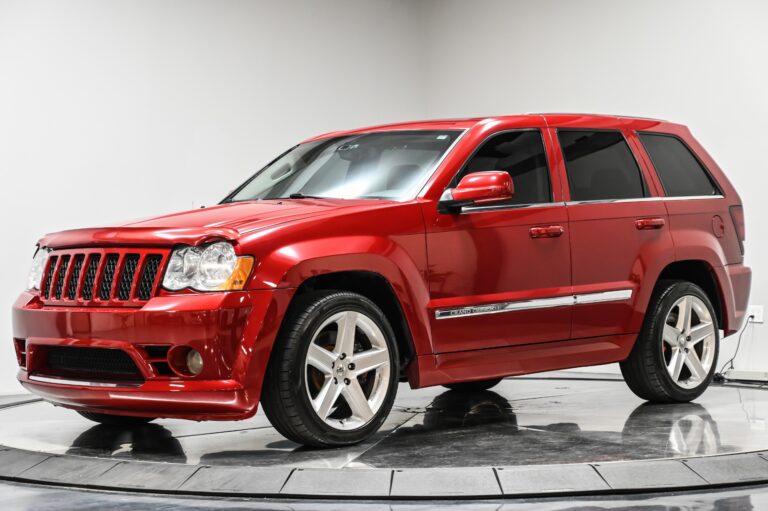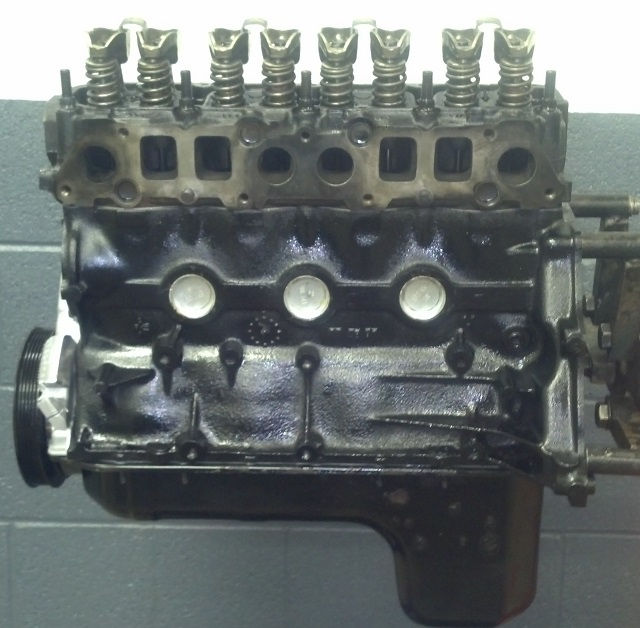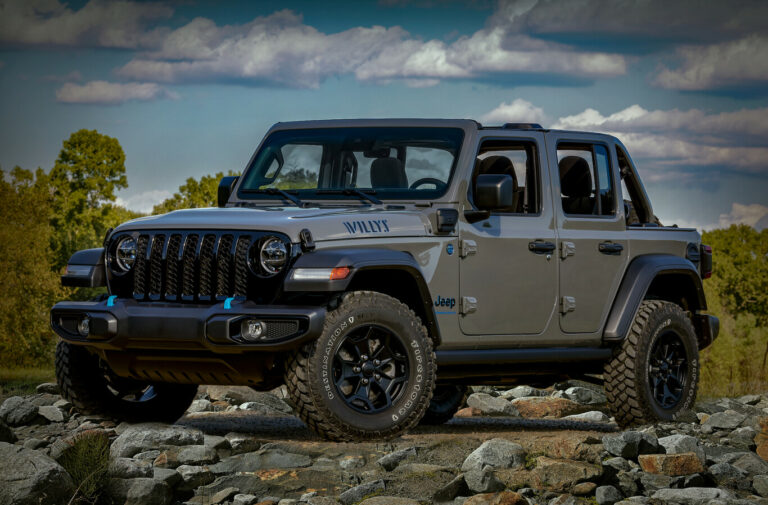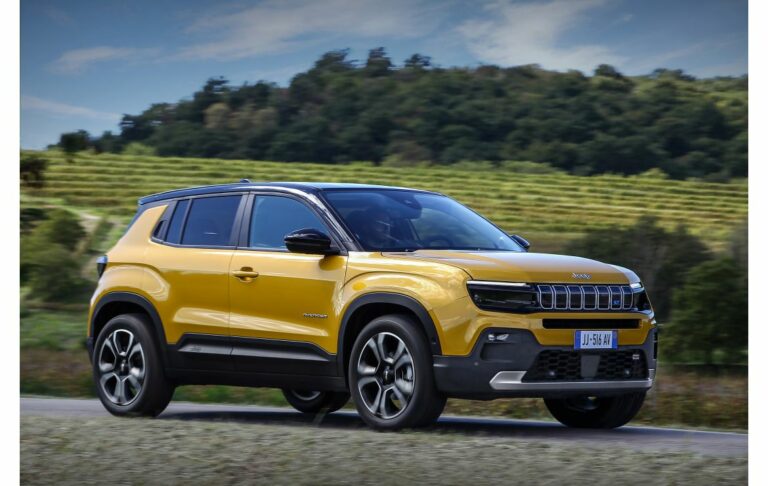2000 Jeep Cherokee XJ For Sale: A Comprehensive Buyer’s Guide
2000 Jeep Cherokee XJ For Sale: A Comprehensive Buyer’s Guide /jeeps.truckstrend.com
The year 2000 holds a special place in the hearts of Jeep enthusiasts. It marks one of the final production years for the iconic Jeep Cherokee XJ, a vehicle that has transcended its utilitarian origins to become a true legend in the automotive world. When a "2000 Jeep Cherokee XJ For Sale" listing appears, it’s more than just an advertisement for an old SUV; it’s an invitation to own a piece of robust American engineering, celebrated for its rugged simplicity, unparalleled off-road prowess, and a character that modern SUVs often lack. This article serves as your comprehensive guide to understanding, evaluating, and ultimately acquiring a 2000 Jeep Cherokee XJ, ensuring you make an informed decision on this highly sought-after classic.
Why the 2000 Jeep Cherokee XJ Still Reigns Supreme
2000 Jeep Cherokee XJ For Sale: A Comprehensive Buyer’s Guide
Introduced in 1984, the Jeep Cherokee XJ redefined the SUV segment with its unibody construction, offering a lighter, more nimble alternative to traditional body-on-frame designs. The 2000 model year represents the culmination of years of refinement, largely retaining the bulletproof mechanics that made the XJ famous while incorporating some late-model conveniences.
Its enduring appeal stems from several key attributes:
- Legendary 4.0L Inline-Six Engine: This engine, often referred to as the "bulletproof" 4.0L, is renowned for its durability, torque, and surprising longevity. While the 2000 model year saw the introduction of the 0331 cylinder head, which can be prone to cracking under specific conditions (a critical inspection point we’ll discuss), the overall engine block and bottom end are incredibly robust.
- Solid Axles (Dana 30 Front, Chrysler 8.25 or Dana 35 Rear): Unlike many modern SUVs, the XJ retains solid front and rear axles, which are superior for off-road articulation, strength, and ease of modification.
- Compact Yet Capable: The XJ’s relatively small footprint makes it agile on trails and easy to maneuver in urban environments, yet its interior space is surprisingly practical.
- Vast Aftermarket Support: Due to its immense popularity, the aftermarket is flooded with parts, upgrades, and modifications for the XJ, making it an ideal platform for customization, from mild lift kits to extreme rock crawlers.
- DIY-Friendly: Its straightforward mechanical design means many repairs and upgrades can be tackled by the average enthusiast with basic tools, saving significant money on labor.
- Strong Community: A vibrant and passionate community of XJ owners exists, offering a wealth of knowledge, advice, and camaraderie.
For those seeking a vehicle that blends classic utility with genuine off-road capability and a burgeoning classic status, the 2000 Jeep Cherokee XJ stands out as an exceptional choice.
What to Look For When Buying a 2000 Jeep Cherokee XJ
Acquiring a 23-year-old vehicle requires a meticulous inspection process. Here’s a detailed breakdown of critical areas to examine:
- Engine (4.0L I6):
- Cylinder Head (0331 Casting): This is the most significant concern for 2000-2001 XJs. Look for casting numbers on the driver’s side of the head; "0331" is the problematic one. Signs of a cracked head include milky oil (coolant in oil), coolant loss without obvious leaks, excessive white smoke from the exhaust, or overheating. Some owners may have already replaced it with a TUPY head or an aftermarket performance head.
- Oil Leaks: Common areas include the rear main seal, valve cover gasket, and oil pan gasket. While not deal-breakers, they indicate deferred maintenance.
- Smooth Running: Listen for unusual noises (knocks, taps), check for rough idle, and ensure good acceleration.
- Transmission (AW4 Automatic / NV3550 Manual):
- AW4 (Automatic): Check fluid color (should be red, not brown or black) and smell (shouldn’t smell burnt). Test all gears, including reverse, and ensure smooth, timely shifts without slipping or harsh engagement.
- NV3550 (Manual): Less common, but check for smooth engagement of all gears, no grinding, and proper clutch operation.
- Transfer Case (NP231 Command-Trac / NP242 Selec-Trac):
- Test all settings (2WD, 4-High, 4-Low, Full-Time 4WD for NP242) to ensure they engage smoothly. Listen for grinding or clunking noises. Check for leaks around the seals.
- Axles:
- Dana 30 (Front) / Chrysler 8.25 or Dana 35 (Rear): Look for leaks around the differential covers and pinion seals. Listen for howling or grinding noises during the test drive, which could indicate worn gears or bearings. Check U-joints on the front axle shafts and driveshafts for play.
- Rust: This is the XJ’s Achilles’ heel, especially in areas where salt is used on roads.
- Frame Rails: Inspect thoroughly, particularly where the unibody rails meet the front control arms and where the rear leaf springs attach. Severe rust here is a major red flag.
- Floorboards & Rocker Panels: Check under the carpet and along the exterior rocker panels.
- Rear Quarter Panels: Rust often bubbles up behind the rear wheels.
- Crossmembers: Inspect for integrity.
- Suspension & Steering:
- Sagging Leaf Springs: Common in the rear, leading to a "squatted" appearance.
- Bushings: Check control arm bushings, sway bar bushings, and leaf spring bushings for cracking or deterioration.
- Shocks: Look for leaks or excessive bounce.
- Steering Play: Check tie rod ends, drag link, track bar, and ball joints for looseness. Excessive play in the steering wheel indicates worn components.
- Electrical & Interior:
- Test all power windows, locks, HVAC (AC and heat), dashboard lights, and radio.
- Inspect the headliner (sagging is common), seat condition, and dashboard for cracks.
- Maintenance Records: A stack of service records is invaluable, indicating a history of care and allowing you to track past issues and repairs.
Common Modifications and Their Impact on Value
The XJ is a blank canvas for modification. Understanding common upgrades can help you assess value:
- Lift Kits: Most XJs will have some form of lift. A quality lift (e.g., Old Man Emu, Rubicon Express, MetalCloak) with proper components (control arms, track bar, driveshafts) adds value. A cheap "spacer lift" or poorly installed kit can detract from value and ride quality.
- Tires: Larger, more aggressive tires are common. Ensure they fit properly and don’t rub.
- Bumpers & Armor: Aftermarket steel bumpers, rock sliders, and skid plates indicate a vehicle used for off-roading, but also suggest better protection.
- Gearing: If larger tires are installed, regearing the axles is crucial for restoring performance and fuel economy. This is a significant expense and a major plus if done.
- Engine Upgrades: Less common but can include intake/exhaust, throttle body spacers, or even engine swaps.
- Axle Swaps: Some serious off-roaders swap in stronger axles (e.g., Dana 44, Ford 8.8). This dramatically increases off-road capability and value to the right buyer.
Well-executed, quality modifications generally increase value, especially among enthusiasts. However, poorly installed or extreme modifications can limit the buyer pool and potentially decrease value to a general buyer.
Navigating the Market: Tips for Buyers and Sellers
For Buyers:
- Set a Realistic Budget: Don’t just budget for the purchase price. Factor in potential immediate repairs, maintenance items (fluids, spark plugs), and any modifications you plan.
- Research Common Issues: Familiarize yourself with the XJ’s quirks (like the 0331 head) so you know what to look for.
- Always Perform a Pre-Purchase Inspection (PPI): If you’re not mechanically inclined, pay a trusted mechanic (ideally one familiar with Jeeps) to inspect the vehicle. This small investment can save you thousands.
- Test Drive Thoroughly: Drive on various surfaces, including highway speeds, to check for vibrations, steering issues, and transmission performance. Test 4WD.
- Check Paperwork: Verify the VIN on the vehicle matches the title. Ensure the title is clear and there are no liens.
- Don’t Rush: There are many XJs out there. If one doesn’t feel right, walk away. Patience pays off.
- Prioritize Rust-Free: A solid, rust-free chassis is far more valuable than perfect paint or interior. Mechanical issues are often easier and cheaper to fix than severe rust.
For Sellers:
- Be Honest and Transparent: Disclose any known issues, even minor ones. Honesty builds trust.
- Gather Records: Have all maintenance and repair records organized and ready for potential buyers.
- Clean Thoroughly: A clean vehicle, inside and out, presents much better and suggests care.
- Highlight Strengths: Emphasize recent maintenance, quality modifications, or unique features.
- Take Good Photos: High-quality, well-lit photos from various angles (interior, exterior, engine bay, undercarriage) are crucial.
- Price Competitively: Research similar XJs in your area, considering condition, mileage, and modifications. Be prepared to negotiate.
Challenges and Solutions
While the XJ is celebrated, owning an older vehicle comes with its challenges:
- Rust: The biggest challenge. Solution: Proactive rust prevention (undercoating, regular cleaning) or professional rust repair for existing issues.
- Age-Related Wear: Components like bushings, seals, and sensors will inevitably wear out. Solution: Proactive maintenance and replacing parts as they show signs of wear. The good news is parts are generally affordable and widely available.
- Fuel Economy: The 4.0L is powerful but thirsty. Expect 15-18 MPG on average. Solution: Accept it, or consider minor efficiency mods (tune-ups, ensuring proper tire pressure).
- Parts Availability: While excellent for mechanical components, some interior trim pieces or specific body parts might be harder to find, often requiring salvage yard visits or specialized online retailers.
- Insurance: Generally affordable, but check with your provider. Modified vehicles might require special consideration.
2000 Jeep Cherokee XJ For Sale: Estimated Price Guide
The price of a 2000 Jeep Cherokee XJ can vary wildly based on condition, mileage, modifications, maintenance history, and geographic location. This table provides an estimated range:
| Condition Category | Estimated Price Range (USD) | Key Characteristics






